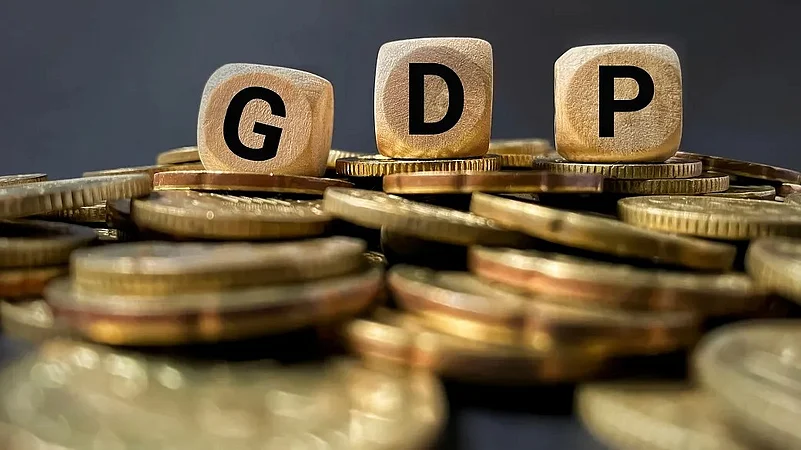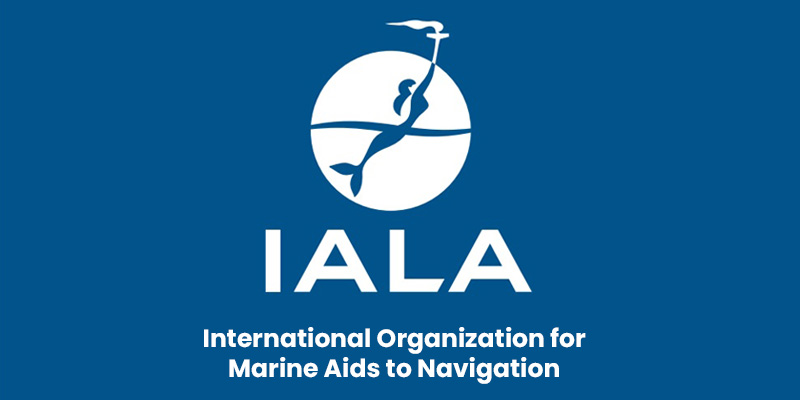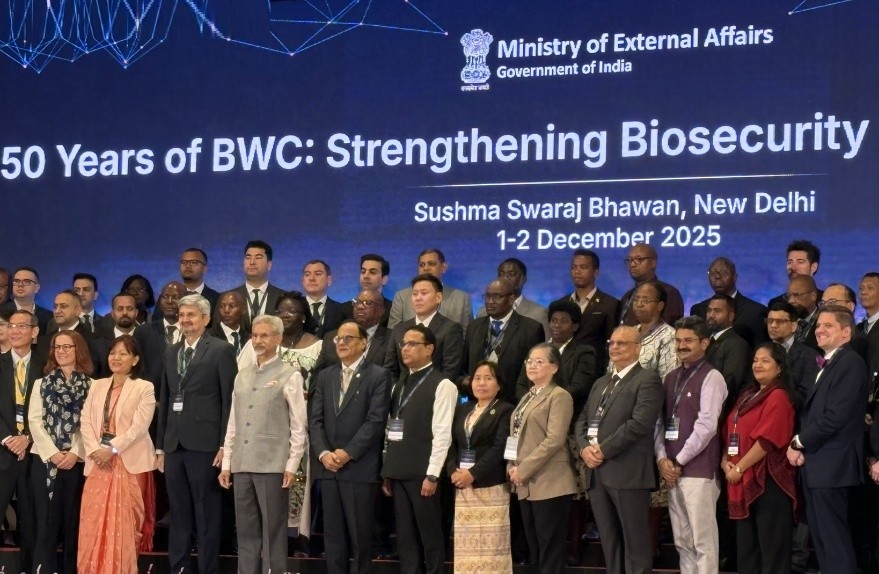Font size:
Print
India Sets New Ethanol Blending Target
Govt eyes 30% ethanol blending in petrol by 2030
Context: India is preparing to announce a new national target of 30% ethanol blending in petrol by 2030, up from the current 20%. This decision comes as India achieved 20% blending by March 2025, five years ahead of the original 2030 deadline.
More on News
- Inter-ministerial discussions have confirmed that the government is now working toward a 30% blending target by 2030.
- The debate is ongoing on whether to implement this through a phased/staggered approach or adopt a single national target directly.
What is Ethanol Blending?
- Ethanol (C2H5OH) is a biofuel, commonly made from the fermentation of sugar.
- In India, it is primarily produced from sugarcane, but other organic materials like food grains can also be used.
- The Ethanol Blended Petrol (EBP) Programme was launched by the government to mix ethanol with petrol to reduce the consumption of fossil fuels. The E10 target means that petrol now contains 10% ethanol.
- EBP Programme launched pilot projects in 2001 at Miraj, Manmad (Maharashtra), and Aonla/Bareilly (Uttar Pradesh).
- Officially started in 2003 with a 5% ethanol blend in 9 states and 4 Union Territories (UTs).
- Aimed at achieving 20% ethanol blending in petrol by 2025-26.
Ethanol Blending Progress Timeline
- Original target: 20% ethanol blending by 2030.
- Revised target: Moved forward to 2024–25 ethanol supply year (Nov 1 – Oct 31).
- Actual achievement:
- 2022–23 supply year: 12.06% average blending.
- 2023–24 supply year: 14.6% average blending.
- By February 2025, blending reached 19.6%, and crossed 20% by March.
Economic and Environmental Benefits
- Over the last 10 years, ethanol blending by public sector oil marketing companies (OMCs) has resulted in:
- ₹21.2 trillion in foreign exchange savings.
- Crude oil substitution of 19.3 million metric tonnes.
- Reduction of 62.6 million metric tonnes in carbon emissions.
- Payments worth ₹21.04 trillion to farmers, per ISMA.
Key Sectoral Data
- Sugar sector contribution: Ethanol production diverted from sugar: 2.1 million tonnes in 2023, and 3.5 million tonnes in 2024, showing a significant rise.
- Retail penetration: In 2014, ethanol-blended petrol was sold at 27,900 outlets. By 2024, ethanol-blended petrol is available at all retail outlets across India.
Ethanol Supply and Allocation
- In the 2023–24 supply year: 7.07 billion litres of ethanol were already blended with petrol. OMCs allocated a total of 9.96 billion litres for blending purposes.
- These achievements underscore the government’s proactive policy interventions and the industry’s readiness to support deeper ethanol integration into India’s energy mix.
Rationale and Benefits
- Energy Security: Ethanol blending reduces India’s reliance on imported crude oil, saving significant foreign exchange and enhancing self-reliance.
- Environmental Impact: Ethanol is a cleaner-burning fuel, helping to reduce vehicular emissions, carbon monoxide, and particulate matter, thus improving air quality and supporting India’s net-zero emissions target for 2070.
- Economic Impact: The program supports domestic agriculture by utilising sugarcane, maize, rice, and other biomass for ethanol production, providing a market for surplus crops and reducing the need for sugar exports.
Challenges and Considerations
- Feedstock Supply: Achieving higher blending rates will require a substantial increase in ethanol production, necessitating investments in distillation capacity and diversification of feedstocks beyond sugarcane, such as damaged grains and maize.
- Vehicle Compatibility: Higher ethanol blends may require modifications to existing vehicles or the introduction of flex-fuel vehicles capable of running on higher ethanol concentrations.
- Fuel Efficiency: Studies indicate a marginal reduction in fuel efficiency for vehicles designed for lower ethanol blends when using higher blends like E20 or above.
Industry and Policy Initiatives
- The government has launched several initiatives to support ethanol production, including financial incentives, reduced GST on ethanol, and dedicated programs for second-generation ethanol from agricultural waste.
- The sugar industry has proposed even more ambitious targets, such as 50% blending by 2030, contingent on further investments and policy support.


